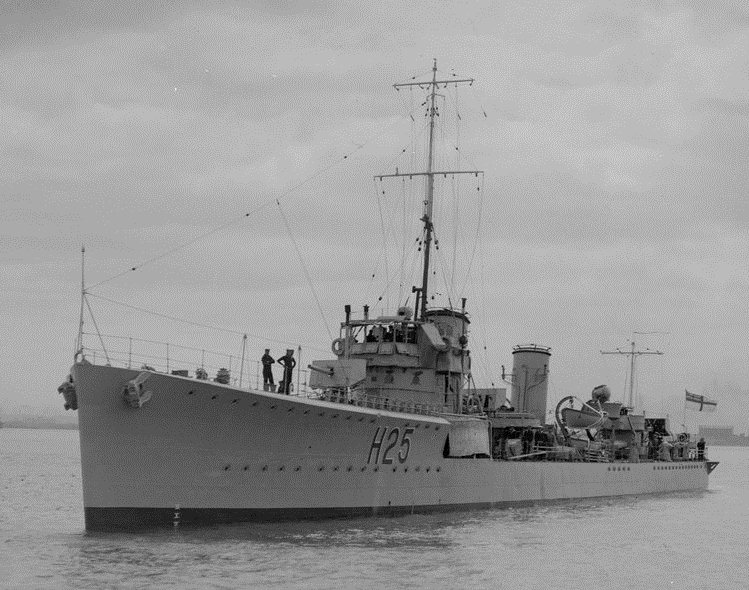|
The Army experimented with one Mark IV gun for anti-aircraft use in 1913. In 1938 it was proposed to convert 900 Mark IV guns to HA use but this was never carried out. The Mark IV was constructed of inner A tube, A tube, jacket and breech ring and was partly wire wound. This gun had a horizontal sliding breech block with semi-automatic operation. The Mark IV* had a strengthened breech ring, but this distinction was discontinued after a short time. Mark XII had a tapered inner A tube, A tube, wire for about half the length, jacket over more than half the length and a breech ring. The Mark XII* and Mark XXII had monobloc barrels and had a manually-operated horizontal sliding breech block. The Mark XII* had no muzzle bell and the breech ring was shaped while the Mark XXII had a muzzle bell and a rectangular breech ring. Of the 1,141 Mark IV guns produced, 979 were still in service in 1939. 60 Mark XII, 52 Mark XII* and 46 Mark XXII were also made. 58 of the Mark XII guns were still in service in 1939. A note on sources: Norman Friedman in "Naval Weapons of World War One" lists the submarine Mark XII as a derivative of the Mark V (45 calibers) but all other sources list the Mark XII as a derivative of the Mark IV (40 calibers). |

HMAS Tasmania
|
| .
|